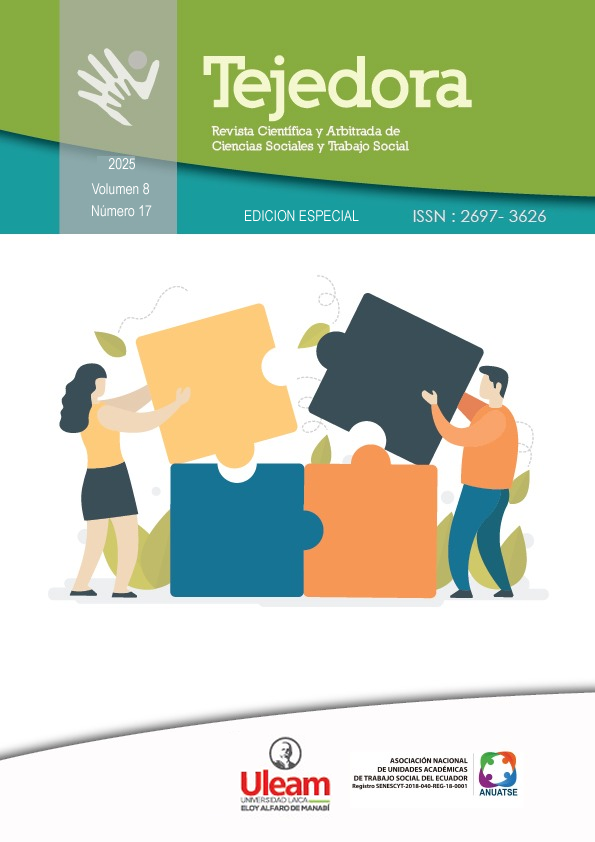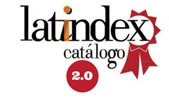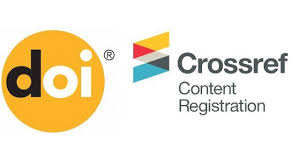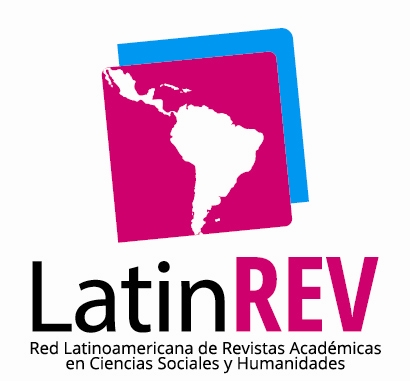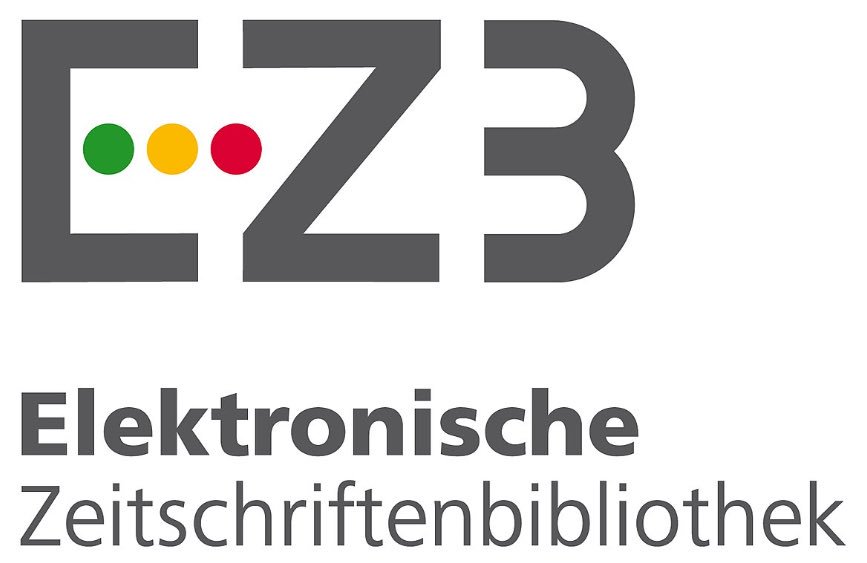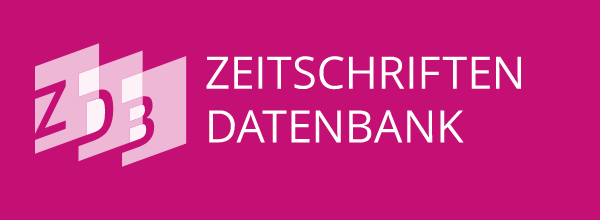IMPULSIVITY AND USE OF INFORMATION TECHNOLOGIES AMONG ADOLESCENTS FROM SAN FRANCISCO DE ÓNZOLE, ESMERALDAS
DOI:
https://doi.org/10.56124/tj.v8i19.044Keywords:
Adolescence, Impulsivity, TechnologiesAbstract
During adolescence, impulsivity plays a key role in emotional dysregulation and may contribute to the problematic use of Information and Communication Technologies (ICTs). This study aimed to analyze the relationship between impulsivity and excessive ICT use in a sample of 150 adolescents (mean age = 15.4 years) from the San Francisco de Ónzole Educational Unit in Esmeraldas. The study followed a cross-sectional, quantitative, and descriptive-correlational design. The Barratt Impulsiveness Scale (BIS-11) and the MULTICAGE-TIC questionnaire were administered. The results showed that cognitive impulsivity was significantly associated with motor impulsivity, non-planned impulsivity, and the use of instant messaging. Additionally, a higher prevalence of impulsive behaviors and ICT use was observed among females, particularly in internet use (24.7%), mobile phone use (22.7%), and social media (20.7%). These findings highlight the importance of implementing preventive programs focused on fostering self-regulation skills and promoting responsible technology use during adolescence
Downloads
References
Casa Casa, A. P., & Tobar Viera, A. (2023). Propiedades psicométricas de la escala de impulsividad de Barratt en adolescentes ecuatorianos: Psychometric properties of the Barratt impulsivity scale in Ecuadorian adolescents. LATAM Revista Latinoamericana De Ciencias Sociales Y Humanidades, 4(2), 2335–2351. https://doi.org/10.56712/latam.v4i2.761
Chahín, N. (2018). Revisión de las características psicométricas de la escala Barratt de impulsividad (BIS) a través de su historia: desde sus orígenes hasta la actualidad. Psicología desde el Caribe, 32(2), 315-326. https://www.redalyc.org/pdf/213/21341030009.pdf
Díaz, A., Maquilón, J., & Mirete, A. (2020). Uso desadaptativo de las TIC en adolescentes: Perfiles, supervisión y estrés tecnológico. Revista Comunicar, 64, 1-13.
Flores, V., Ponce, Á., Velasteguí, D., & Vásquez, F. (2022). Impulsividad en base a estudio de género. Estudio en población universitaria. Ciencia Latina Revista Científica Multidisciplinar, 6(2), 1-13. https://doi.org/10.37811/cl_rcm.v6i2.2065
Pedrero, E., Ruiz, J., Rojo, G., Llanero, M., Pedrero, J., Morales, S., & Puerta, C. (2018). Tecnologías de la Información y la Comunicación (TIC): uso problemático de Internet, videojuegos, teléfonos móviles, mensajería instantánea y redes sociales mediante el MULTICAGE-TIC. Adicciones, 30(1), 19-32. doi:doi: 10.20882/adicciones.8
Salvo, L., & Castro, A. (2013). Confiabilidad y validez de la escala de impulsividad de Barratt (BIS-11) en adolescentes. Revista chilena de neuro-psiquiatría, 51(4), 245-254. doi:https://dx.doi.org/10.4067/S0717-92272013000400003
The jamovi project (2023). jamovi. (Version 2.4) [Computer Software]. Retrieved from https://www.jamovi.org.
Tobar, A., & Guamán, A. (2023). Funcionalidad familiar y adicción al internet en adolescentes. (Tesis de pregrado). Universidad Técnica de Ambato, Ambato. https://repositorio.uta.edu.ec/handle/123456789/38597
Galván, G., Guerrero-Martelo, M., Fernández Hermida, J. R., Vásquez de la Hoz, F. J., Arias Castro, C. C., Álvarez Quiróz, G. B., Salas Navarro, L. V., & Castillo Gómez, M. E. (2024). Alcohol use and self-reported and behavioral impulsivity in Colombian adolescents [Uso de alcohol e impulsividad autoinformada y comportamental en adolescentes colombianos]. Revista Colombiana de Psiquiatría. https://doi.org/10.1016/j.rcp.2023.12.003
Muñoz-Miralles, R., Ortega-González, R., López-Morón, M. R., Batalla-Martínez, C., Manresa, J. M., Montellà-Jordana, N., Chamarro, A., Carbonell, X., & Torán-Monserrat, P. (2016). The problematic use of Information and Communication Technologies (ICT) in adolescents by the cross-sectional JOITIC study. BMC Pediatrics, 16(1), Article 140. https://doi.org/10.1186/s12887-016-0674-y
Pedrero-Pérez, E. J., Mora-Rodríguez, C., Rodríguez-Gómez, R., Benítez-Robredo, M. T., Ordoñez-Franco, A., González-Robledo, L., & Méndez-Gago, S. (2019). Prefrontal symptoms associated with the problematic use of information and communication technologies (ICTs) in adolescents. Behavioral Psychology / Psicología Conductual, 27(2), 257–273.
Kuem, J., & Ray, S. (2021). Personality antecedents and consequences of internet addiction vis-à-vis internet habit: A theory and an empirical investigation. Information Systems Frontiers. https://doi.org/10.1007/s10796-021-10110-2
Dadandı, İ., & Kalyon, A. (2024). Impulsivity and problematic smartphone use: Mediating role of self-handicapping. Behaviour and Information Technology. https://doi.org/10.1080/0144929X.2024.2313705
Guo, Z., Liang, S., Ren, L., Yang, T., Qiu, R., He, Y., & Zhu, X. (2022). Applying network analysis to understand the relationships between impulsivity and social media addiction and between impulsivity and problematic smartphone use. Frontiers in Psychiatry, 13, Article 993328. https://doi.org/10.3389/fpsyt.2022.993328
Pedrero Pérez, E. J., Morales Alonso, S., Gallardo Arriero, V., Blázquez Rollón, L., Folguera Expósito, I., & Ruiz Sánchez de León, J. M. (2022). The UPPS model of impulsivity in the abuse of Information and Communication Technologies (ICT). Adicciones, 34(3), 197–207. https://doi.org/10.20882/adicciones.1449
de la Villa Moral-Jiménez, M., & Fernández-Domínguez, S. (2019). Uso problemático de internet en adolescentes españoles y su relación con autoestima e impulsividad. Avances en Psicología Latinoamericana, 37(1), 103-119. https://doi.org/10.12804/revistas.urosario.edu.co/apl/a.5029
Cerniglia, L., Griffiths, M. D., Cimino, S., De Palo, V., Monacis, L., Sinatra, M., & Tambelli, R. (2019). A latent profile approach for the study of internet gaming disorder, social media addiction, and psychopathology in a normative sample of adolescents. Psychology Research and Behavior Management, 12, 651–659. https://doi.org/10.2147/PRBM.S211873
Romer D. (2010). Adolescent risk taking, impulsivity, and brain development: implications for prevention. Developmental psychobiology, 52(3), 263–276. https://doi.org/10.1002/dev.20442
Pérez de Albéniz Garrote, G., Rubio, L., Medina Gómez, B., & Buedo-Guirado, C. (2021). Smartphone abuse amongst adolescents: The role of impulsivity and sensation seeking. Frontiers in Psychology, 12, Article 746626. https://doi.org/10.3389/fpsyg.2021.746626
Pollmann, A., Sasso, R., Bates, K., & Fuhrmann, D. (2024). Making connections: Neurodevelopmental changes in brain connectivity after adverse experiences in early adolescence. Journal of Neuroscience, 44(8), Article e0991232023. https://doi.org/10.1523/JNEUROSCI.0991-23.2023
Yang, H., Wang, Z., Elhai, J. D., & Montag, C. (2022). The relationship between adolescent emotion dysregulation and problematic technology use: Systematic review of the empirical literature. Journal of Behavioral Addictions, 11(2), 290–304. https://doi.org/10.1556/2006.2022.00038
Gómez, S., & Hampton, D. (2024). Treatment for technology addiction. Addiction Center. https://www.addictioncenter.com/behavioral-addictions/treatment-technology-addiction/.
Nagata, J. M., Al-Shoaibi, A. A. A., Leong, A. W., Zamora, G., Testa, A., Ganson, K. T., & Baker, F. C. (2024). Screen time and mental health: a prospective analysis of the Adolescent Brain Cognitive Development (ABCD) Study. BMC public health, 24(1), 2686. https://doi.org/10.1186/s12889-024-20102-x
Published
How to Cite
Issue
Section
License
Copyright (c) 2025 Revista Científica y Arbitrada de Ciencias Sociales y Trabajo Social: Tejedora. ISSN: 2697-3626

This work is licensed under a Creative Commons Attribution-NonCommercial-ShareAlike 4.0 International License.
